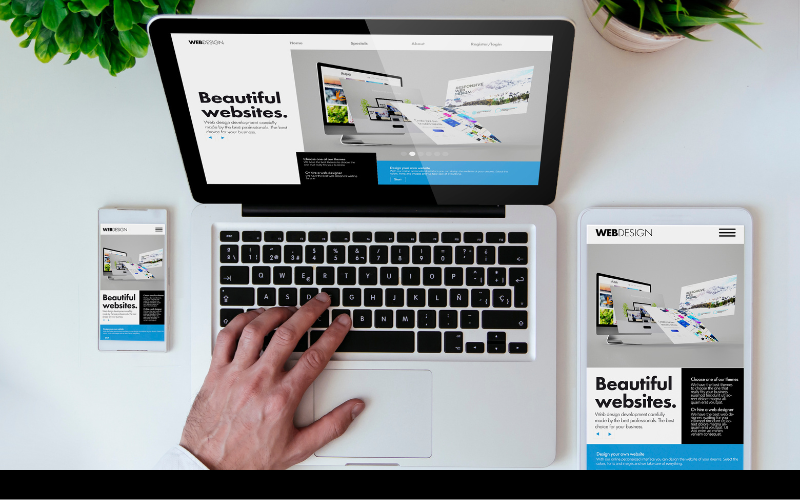Designing a website for a small business is a crucial step in building your online presence and reaching more customers. In today’s competitive market, a well-designed website can set your business apart, enhancing credibility and driving growth. Whether you’re just starting out or looking to revamp your current site, this guide will walk you through the essential steps to create a professional, user-friendly website that meets your business goals and delights your customers.
Table of Contents
Understand Your Business Needs
The first step in designing a website is to clearly define your business needs. Ask yourself the following questions:
- What is the primary purpose of your website? (e.g., informational, e-commerce, portfolio)
- Who is your target audience?
- What are the key actions you want visitors to take? (e.g., make a purchase, contact you, sign up for a newsletter)
By identifying these elements, you can tailor your website’s design to meet your specific goals.
Budget Planning
Designing a website involves various costs, including domain registration, hosting, design, and maintenance. Here’s how you can plan your budget:
- DIY Website Builders: Tools like Wix or Squarespace offer affordable, user-friendly options for small business owners.
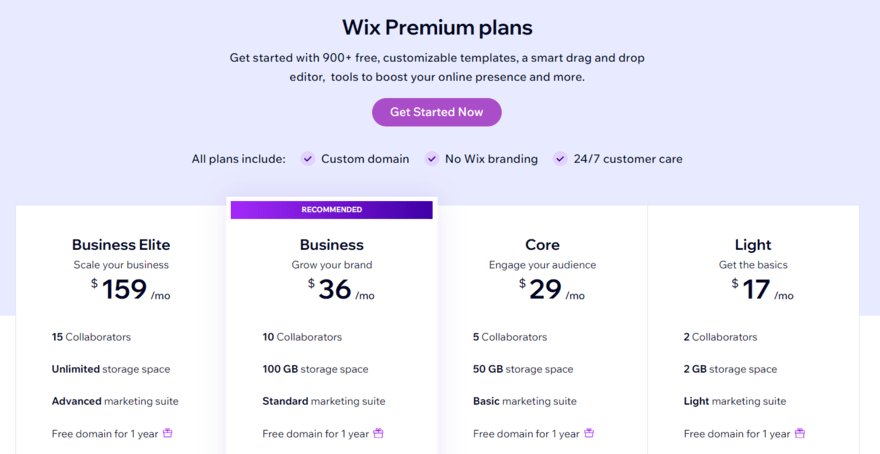
- Professional Web Designers: If your budget allows, hiring a professional can result in a more customized and polished website.
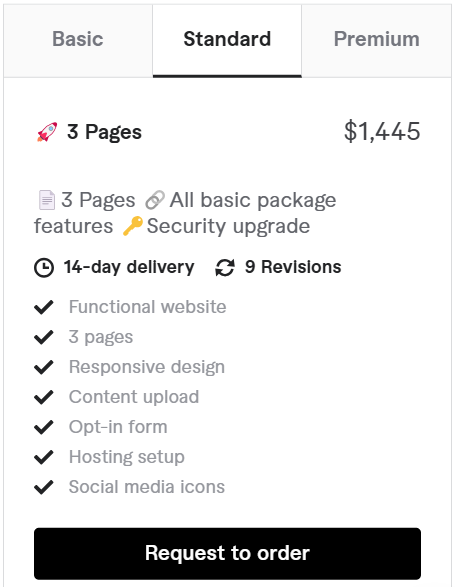
Remember to account for ongoing costs like updates, security, and potential redesigns in the future.
Choose the Right Platform
Selecting the right platform is crucial. Here are some popular options:
- WordPress: Great for flexibility and extensive customization.
- Shopify: Ideal for e-commerce businesses looking for a robust platform.
- Wix: Best for small businesses that need an easy-to-use, all-in-one solution.
Consider factors such as ease of use, scalability, and the availability of templates and plugins when choosing a platform.
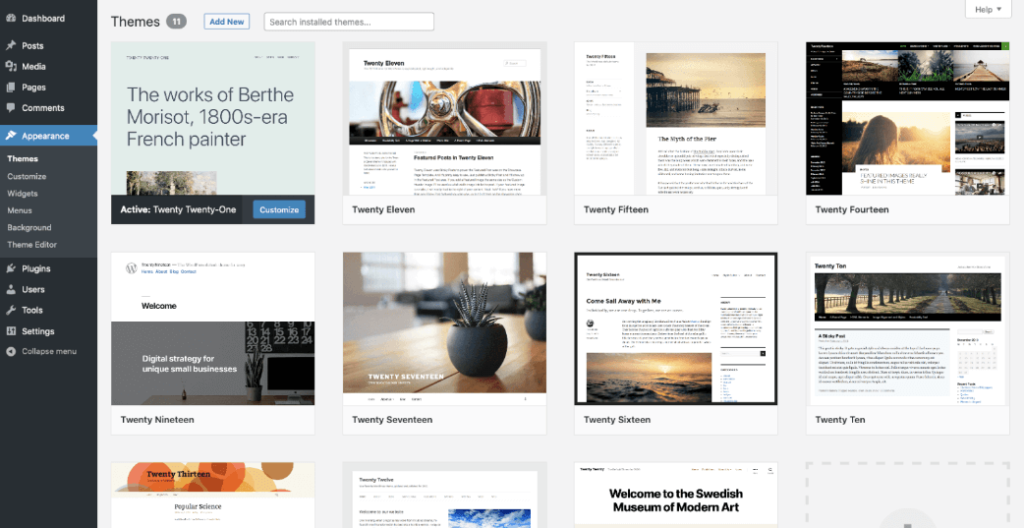
Focus on Essential Features
Every small business website should include the following essential features:
- Responsive Design: Ensures your website looks good on all devices, from desktops to smartphones.
- User-Friendly Navigation: Helps visitors find what they need quickly and easily.
- SEO Optimization: Improves your website’s visibility on search engines, helping potential customers find you.
Additional features like contact forms, customer testimonials, and a blog section can enhance user engagement and provide valuable information.
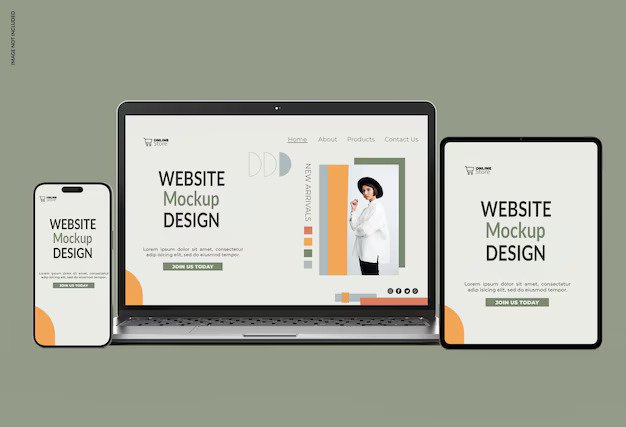
Design and Branding
Your website should reflect your brand’s identity. Consistent use of colors, fonts, and imagery builds brand recognition and trust. Here are some tips:
- Color Scheme: Choose colors that align with your brand personality and are visually appealing.
- Typography: Use easy-to-read fonts that complement your brand style.
- Logo Placement: Ensure your logo is prominently displayed, typically in the top-left corner of the website.
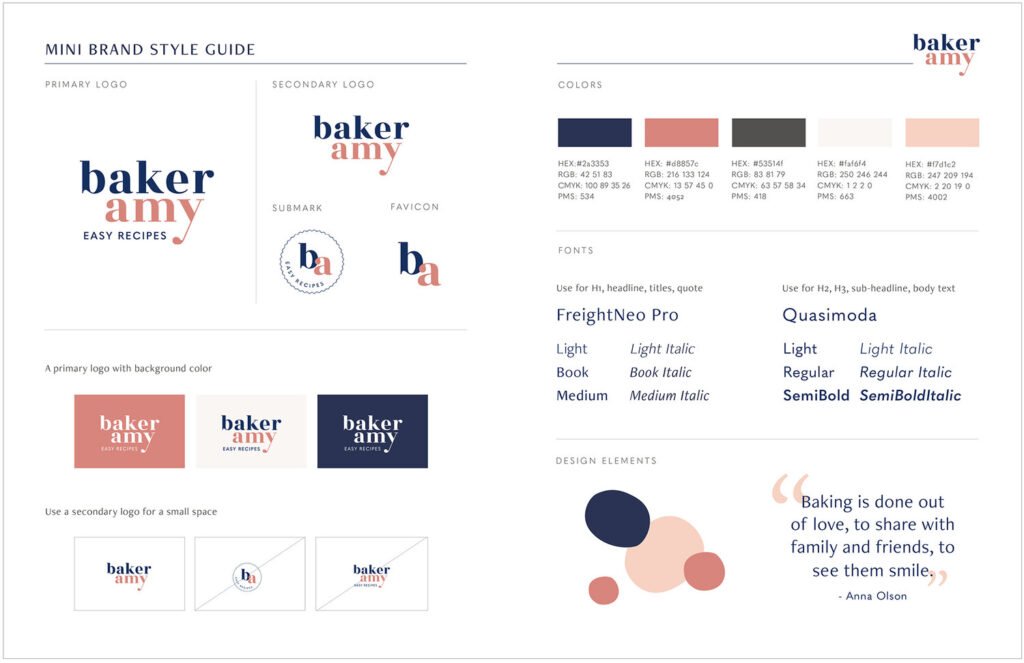
Enhance User Experience (UX)
A positive user experience keeps visitors on your site longer and encourages them to take desired actions. Key UX considerations include:
- Loading Speed: Optimize images and use efficient coding practices to ensure fast load times.
- Intuitive Navigation: Organize your content logically, with clear menu labels and a search function.
- Mobile Responsiveness: With more people accessing the web via mobile devices, your website must be mobile-friendly.
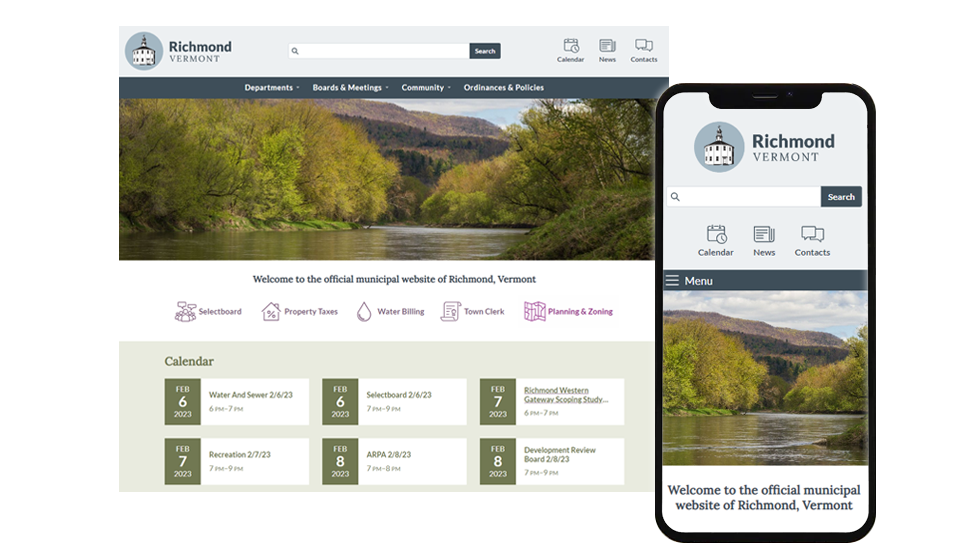
Content Creation
Content is king when it comes to engaging your audience and driving conversions. Here are some tips:
- Homepage: Make a strong first impression with a clear value proposition and call-to-action.
- About Us Page: Share your brand story to connect with your audience.
- Blog: Regularly update with useful, relevant content to keep visitors coming back and improve SEO.
Visuals such as high-quality images and videos can enhance your content and make it more engaging.
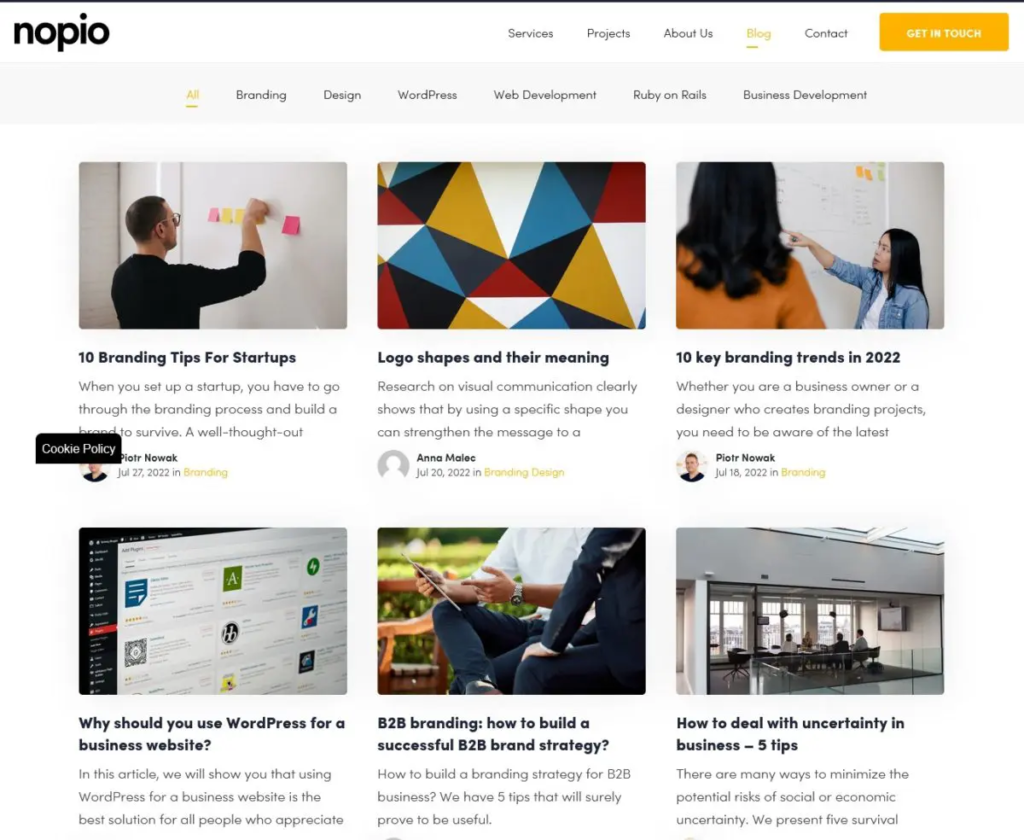
SEO Best Practices
Optimizing your website for search engines helps improve your visibility and attract organic traffic. Focus on:
- Keyword Research: Identify relevant keywords and incorporate them naturally into your content.
- Meta Tags: Use descriptive and keyword-rich meta titles and descriptions.
- Internal Linking: Connect related pages within your website to enhance navigation and SEO.
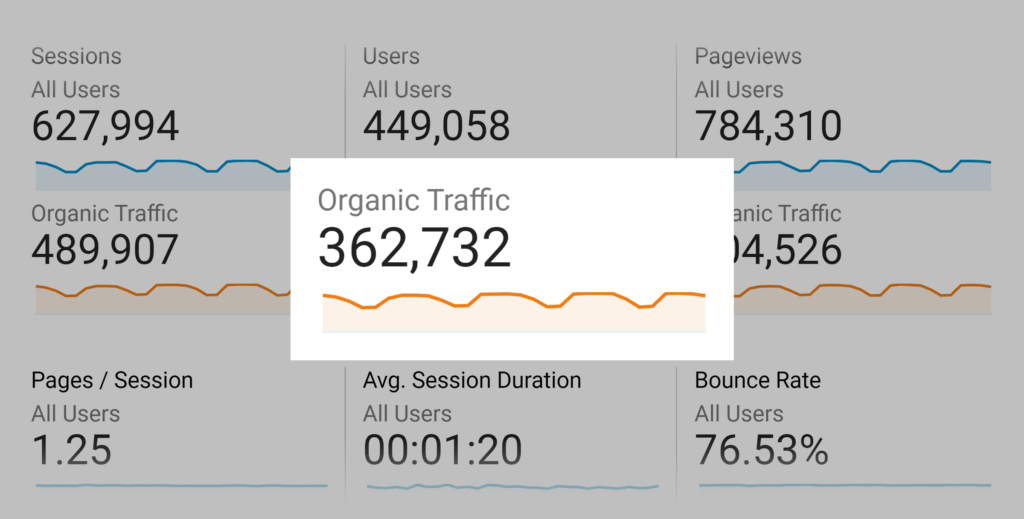
Security and Maintenance
Website security and regular maintenance are essential to protect your business and customers. Implement the following:
- SSL Certificate: Encrypts data and ensures a secure connection for visitors.
- Regular Updates: Keep your website’s software, plugins, and themes up to date.
- Backup Solutions: Regularly back up your website to prevent data loss.
Analytics and Performance Tracking
Monitoring your website’s performance helps you understand what works and what needs improvement. Use tools like Google Analytics to track:
- Visitor Behavior: See which pages are most popular and how users navigate your site.
- Conversion Rates: Measure the effectiveness of your calls-to-action and landing pages.
- Bounce Rate: Identify pages where visitors leave quickly and improve them.

Call to Action
Designing a website for a small business is a significant step towards online success. Whether you choose a DIY approach or hire a professional, the key is to focus on creating a user-friendly, visually appealing, and functional website. Ready to get started? Explore our recommended tools and resources to help you build the perfect website for your small business.
Conclusion
Designing a website for a small business is a vital step in establishing a strong online presence. A well-crafted website not only enhances your credibility but also serves as a powerful tool to attract and engage customers. By understanding your business needs, carefully planning your budget, and focusing on essential features, you can create a website that effectively supports your goals.
Whether you choose a DIY platform or hire a professional, the key is to prioritize user experience, consistent branding, and SEO best practices. Remember, your website is often the first impression potential customers have of your business—make it count!
Now that you’re equipped with the knowledge and steps to design your website, it’s time to take action. Start your journey today, and watch your small business thrive online. If you need assistance or expert guidance, don’t hesitate to explore professional services that can help bring your vision to life.
Your small business deserves a website that stands out—begin designing your success story now!
Ready to create a stunning website for your small business but need expert guidance?
Don’t leave your online success to chance—hire a professional website designer today! With their expertise, you’ll get a custom, high-performing website that attracts customers and drives growth.
Affiliate Disclaimer: Some of the links in this article are affiliate links, which means I may earn a commission if you click on the link and make a purchase. Please note that I only recommend products or services that I genuinely believe in and have personally experienced. Your purchase helps support my work in providing valuable content to readers like you. Thank you for your support!

